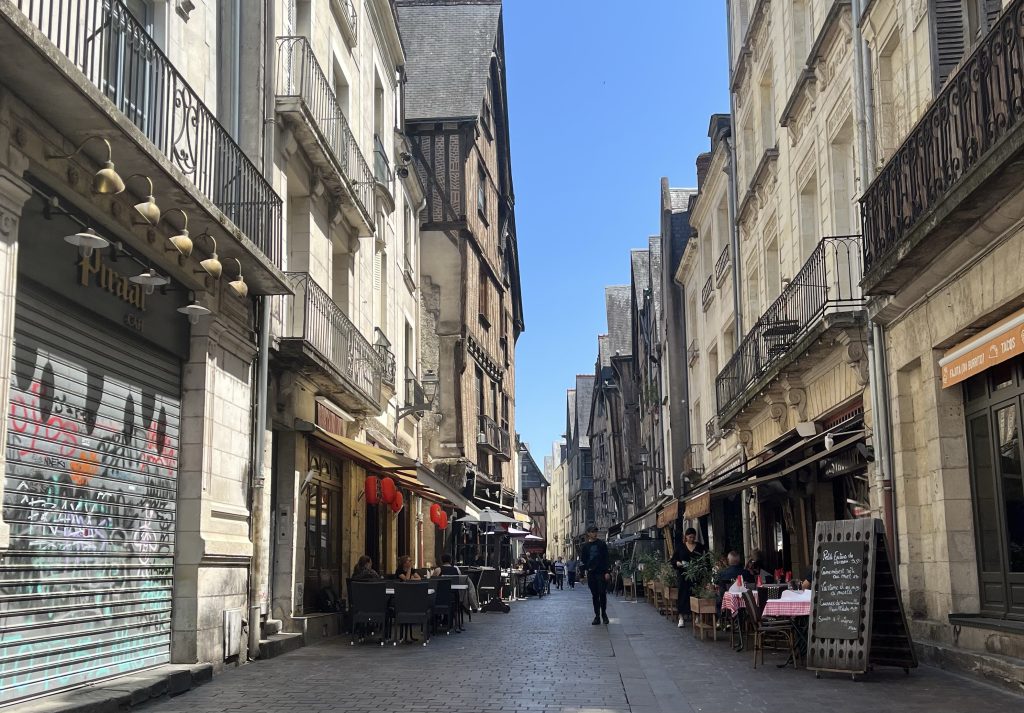
Tours
This morning, before venturing out to explore Tour, I had a coffee on the Rue de Châteauneuf, the street where I’d had dinner last night.
As I sat in the morning sunshine a group of Italian tourists convened on the street beside my table. A Frenchman who spoke perfect English described the area to the group’s Italian guide, who then translated the information for her followers.
He’d told her that the street’s nightlife, which is noisy and joyous for the many people who flock there after work, has turned the area into a bit of a ghost town by day. That’s the street pictured above. The two or three storeys of apartments that sit above all the bars and bistros, in buildings that have stood there for a few hundred years, now lie empty because nobody wants to rent or buy a place on a street that comes alive when they knock off work, and stays that way until the early hours.
I’m not sure how you fix that. It reminds me of other cities similarly hollowed out by the impact of the so-called night time economy, and tourism too.
Pip and I went to Amsterdam a few years ago and sensed the same thing there, where some areas felt like a film set and few of the lovely buildings beside the canals seemed like lived in homes, many having become AirBnBs, or playthings or investments for the super rich. Like it or not it’s a conundrum in which we all play a small part.
1. Musée du Compagnonnage
For my Tour tour I’d picked a few places to visit and the first was the Musée du Compagnonnage, a museum dedicated to crafters. I’m not sure how best to describe what translates literally as companionships but I think they were/are something like the guilds that exist in England.
I was particularly interested in the company of carpenters because I’m keen to have a go at wood carving, for which I recently bought a bench and vice. And the Musée du Compagnonnage has a whole section featuring examples of their work, although not all are carved, so that’s where I went.
One of the reasons for putting stuff on here is that it’s a sort of aide memoire for me so I don’t have to scroll through the millions of images we all seem to have on our phones these days. Because it’s all curated by me, if that’s not too pretentious a way to describe it, it features whatever takes my fancy, so I don’t really care if it doesn’t float other people’s boats, although I’m happy to share and hope that some of it might.
I’ve uploaded a few photos further down the page but this one’s my favourite, in part because it’s so well executed, but mostly because of the story behind it.
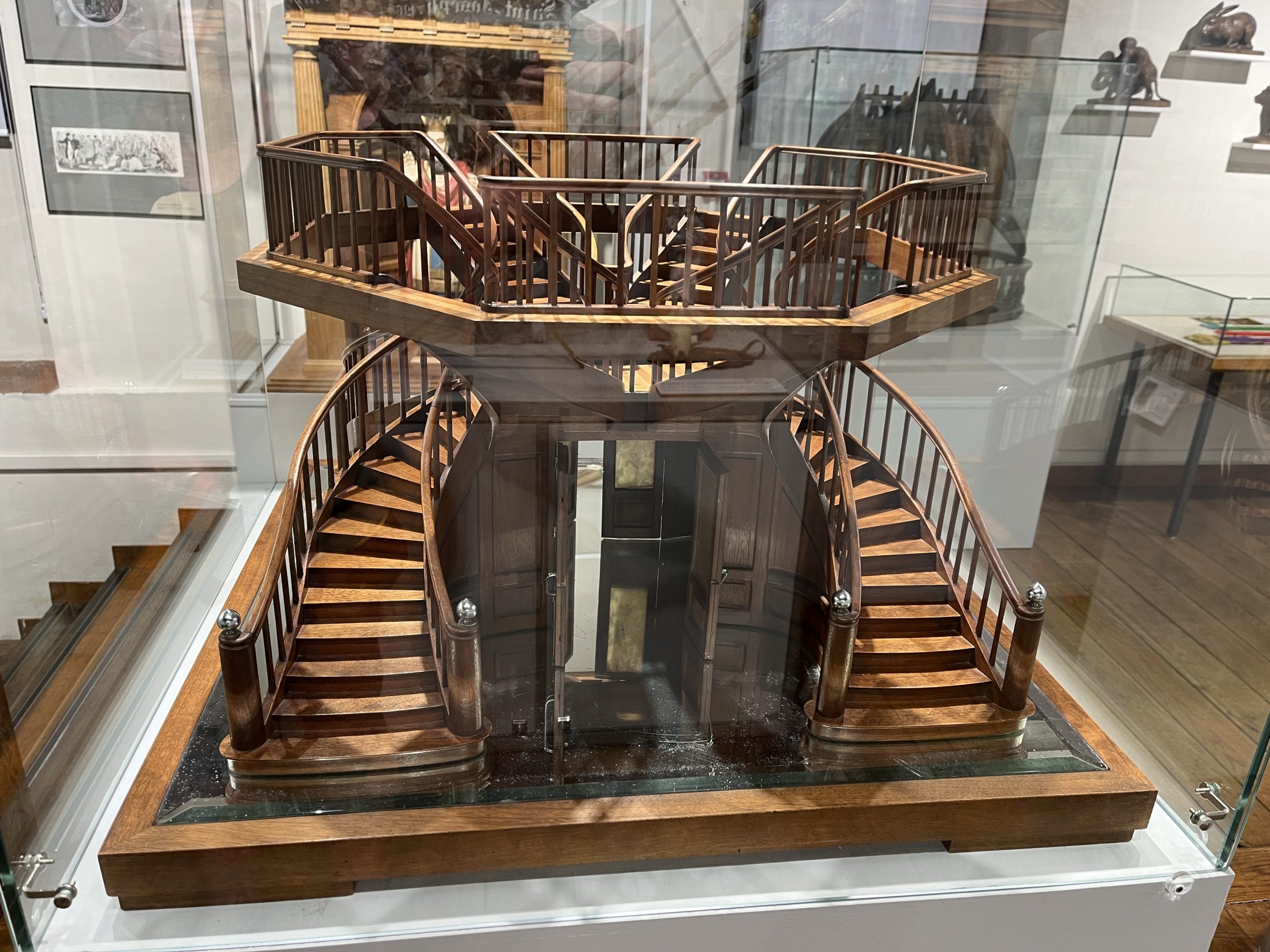
It was made in 1943 by a prisoner of war in Germany, Compagnon Constantin. He’d been interned in a stalag (for enlisted personnel rather than civilians), where he’d been in charge of repairing damaged wagons. He’d secretly taken wood and makeshift tools with which he made the staircase. He referred to it as his ladder, presumably inspired by the idea of freedom and escape.
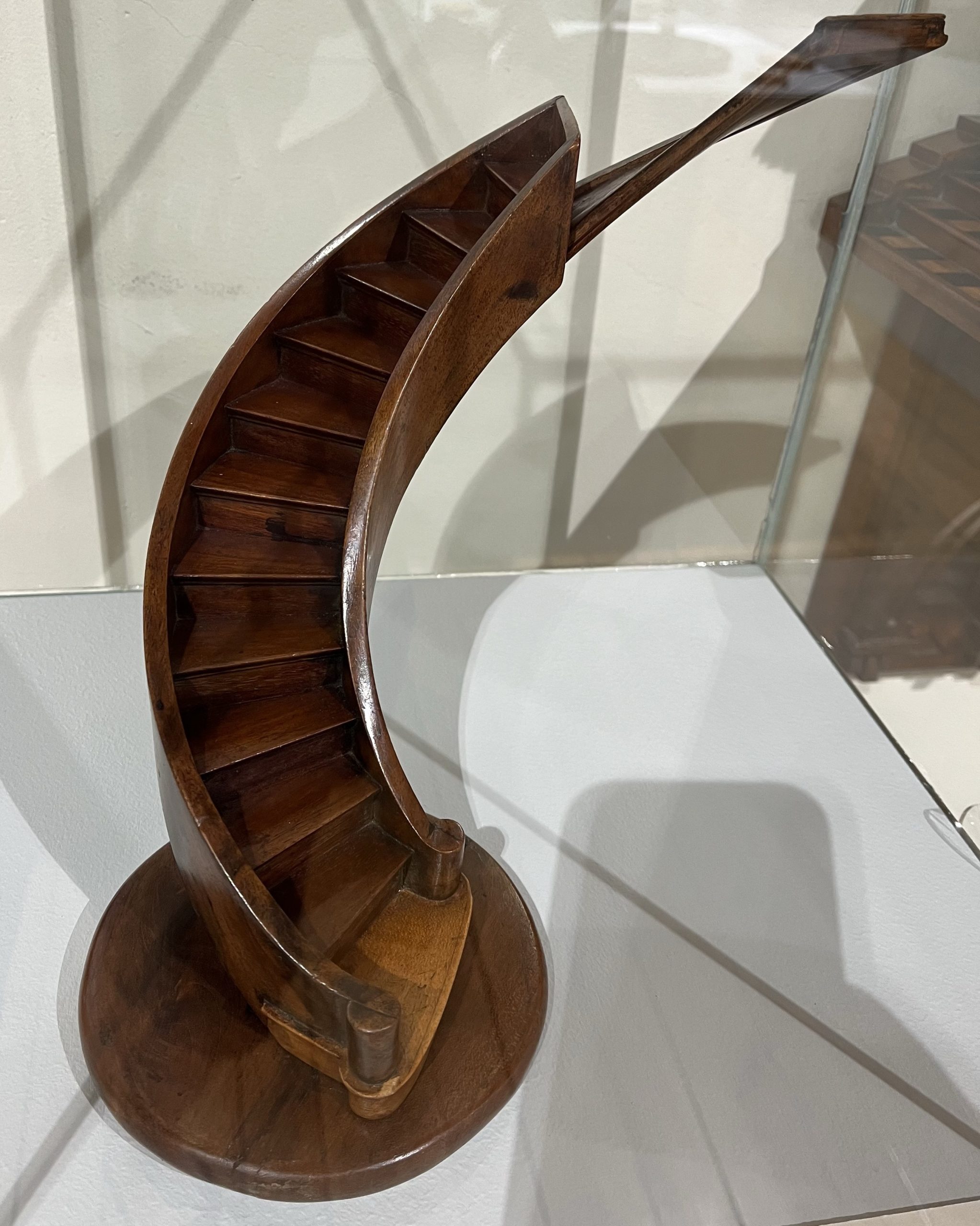
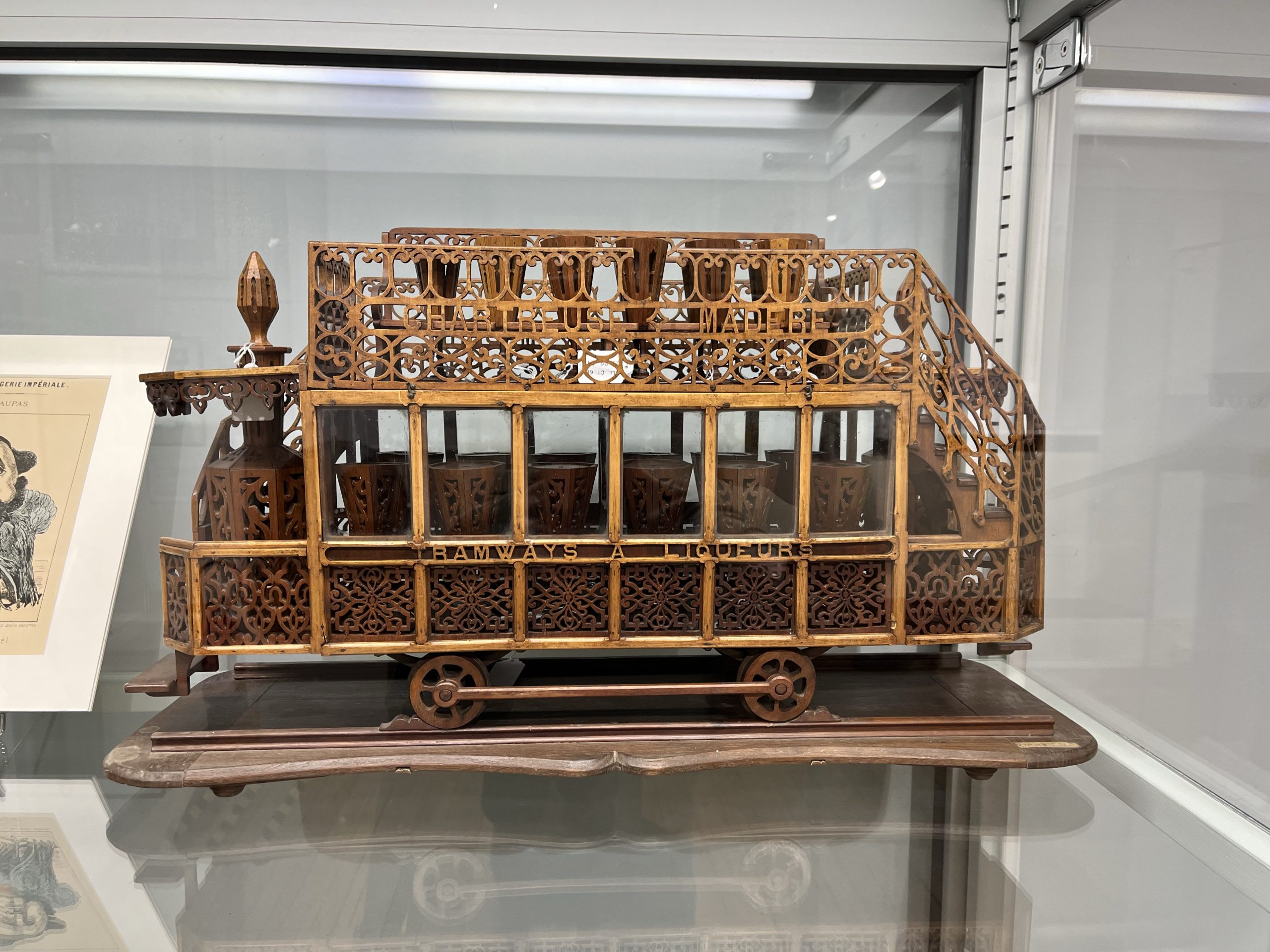
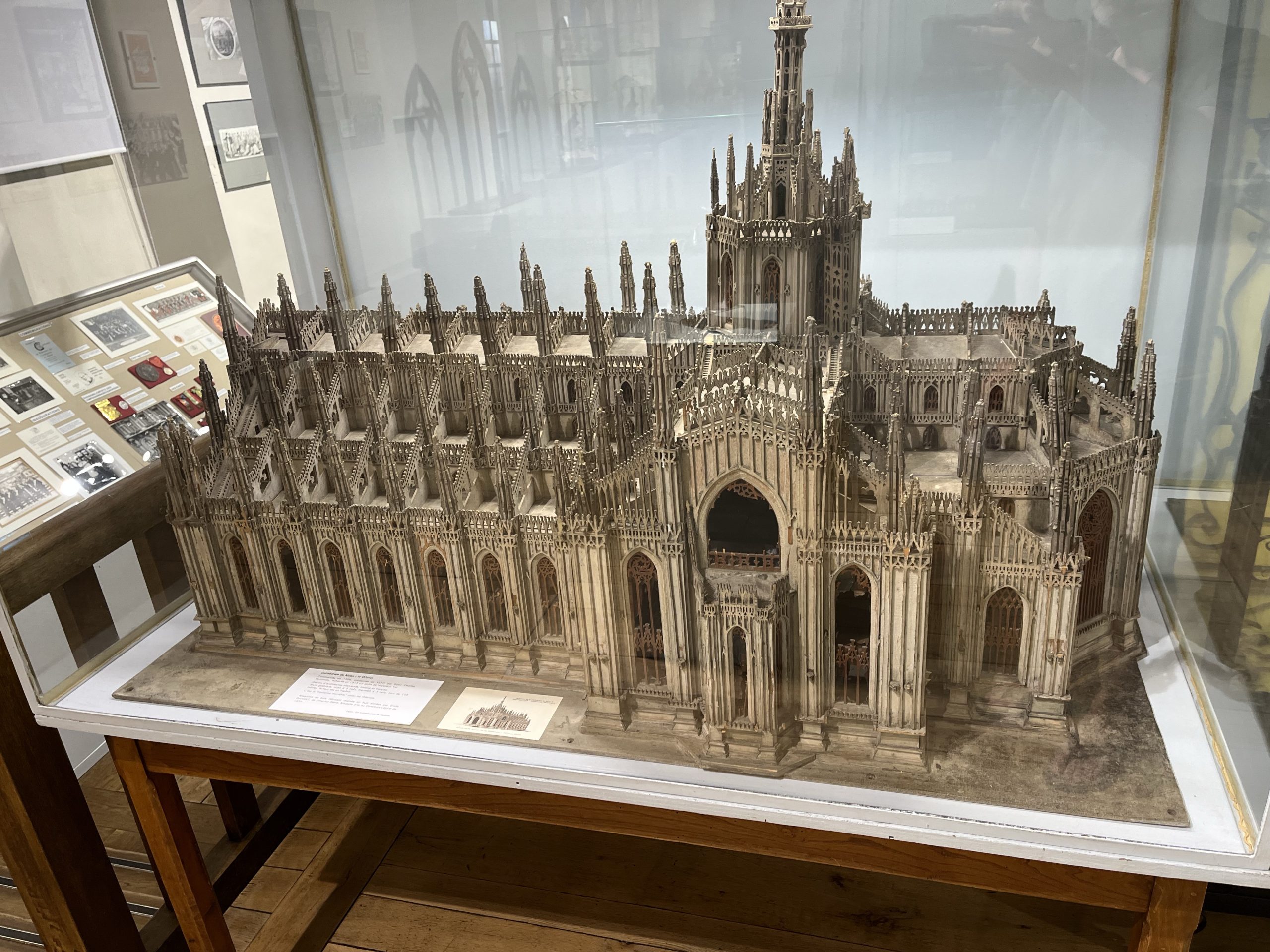
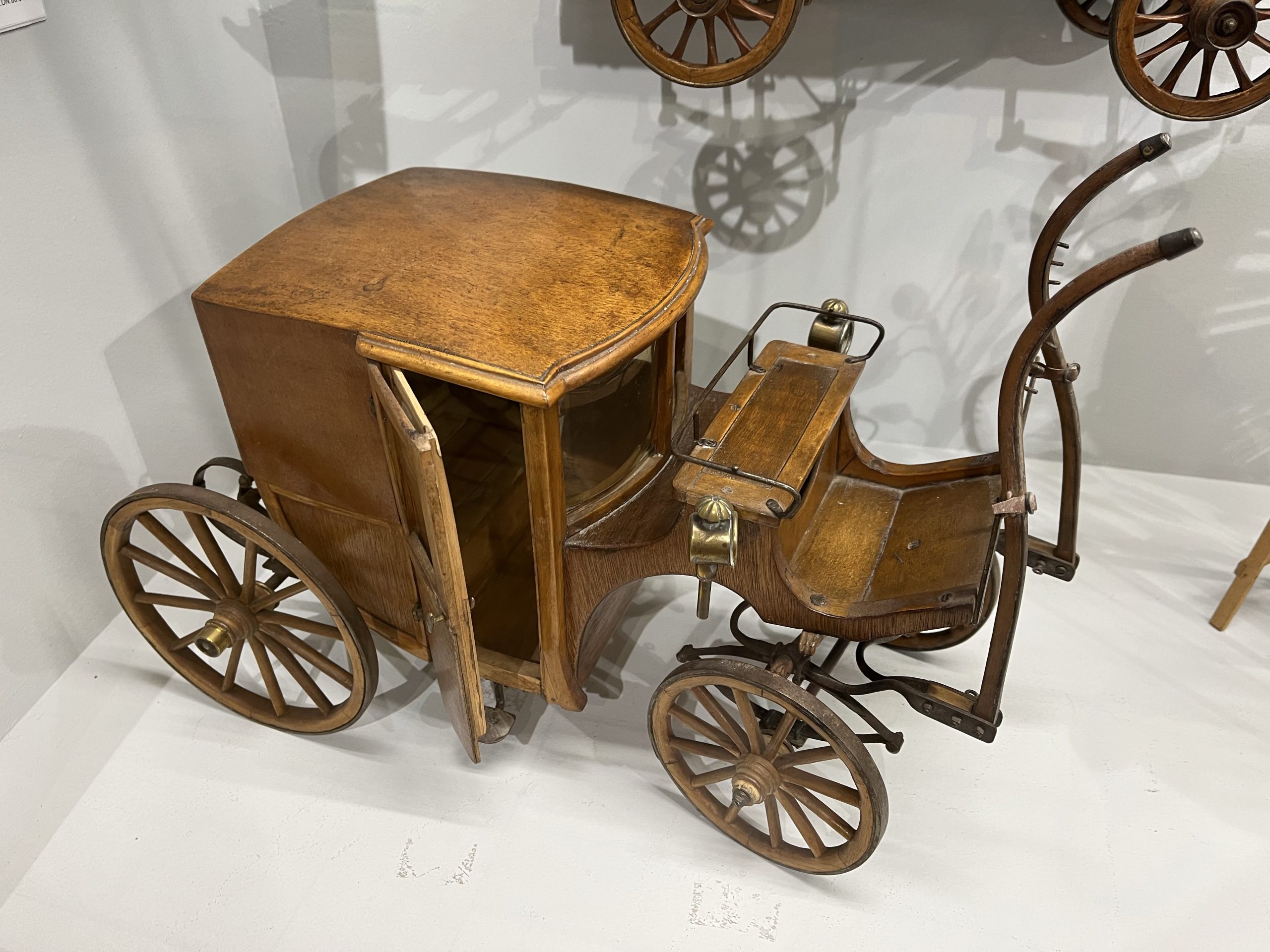
2. Cathédrale Saint-Gatien
Tour’s cathedral was built between the thirteenth and sixteenth century on the remains of an ancient Gallo-Roman city. It’s a towering presence in the city, as the picture below shows. Wikipedia’s more use than here for info on its history; there’s a lot to take in. I just had a wander and took a few photos.
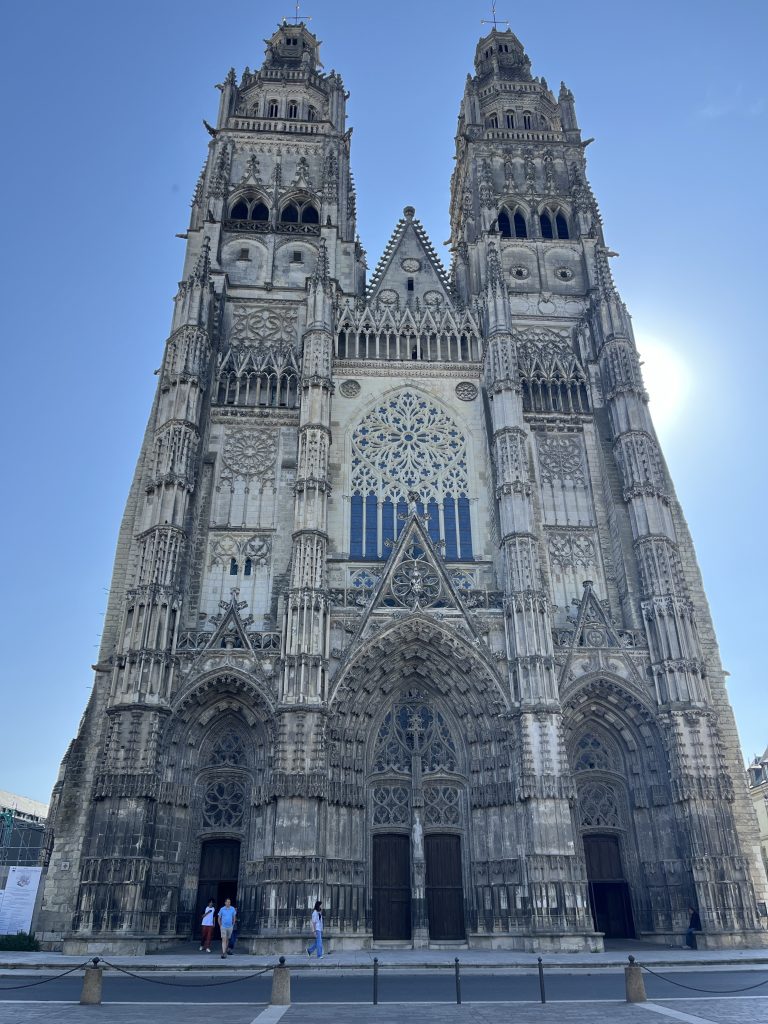

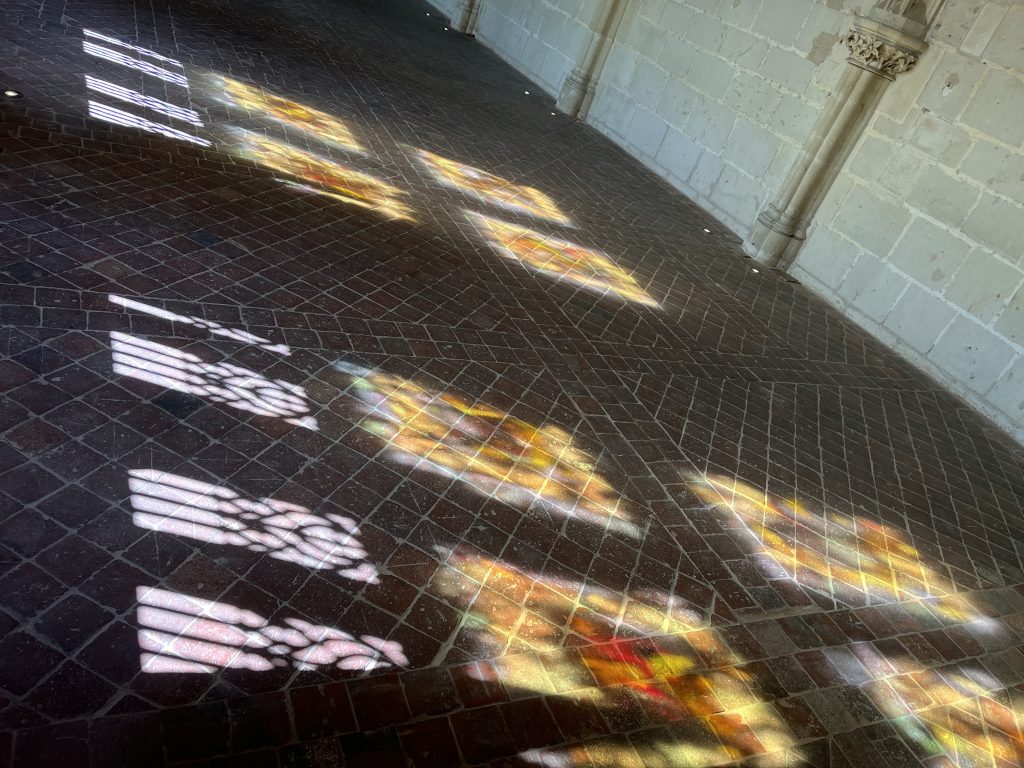
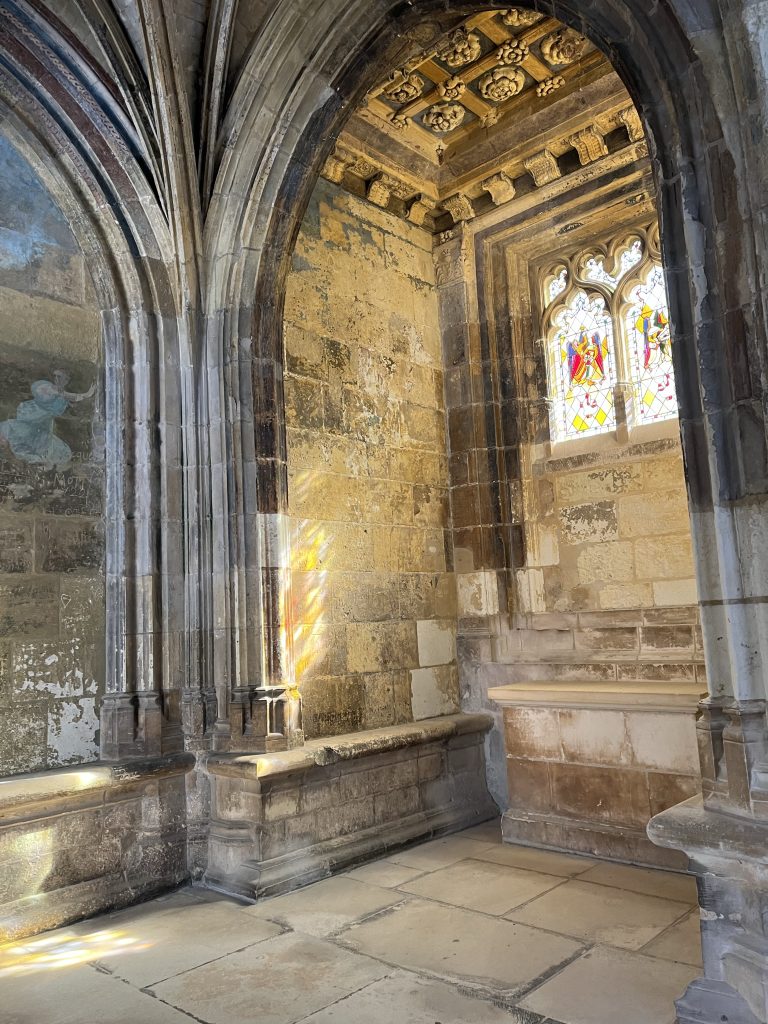
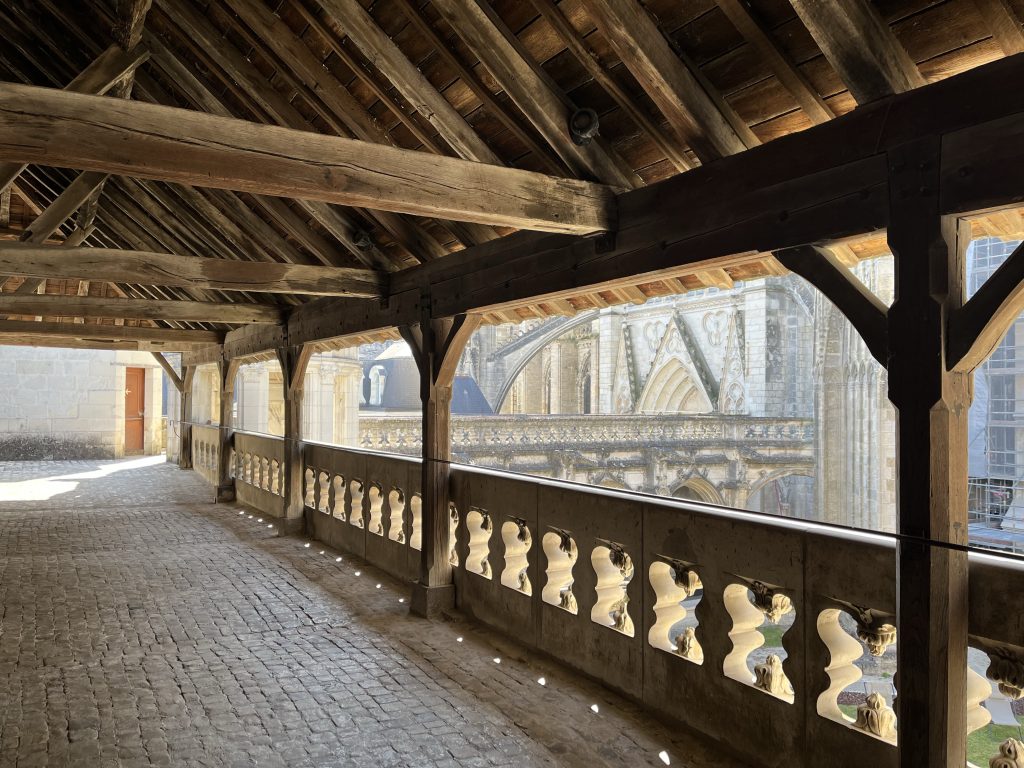
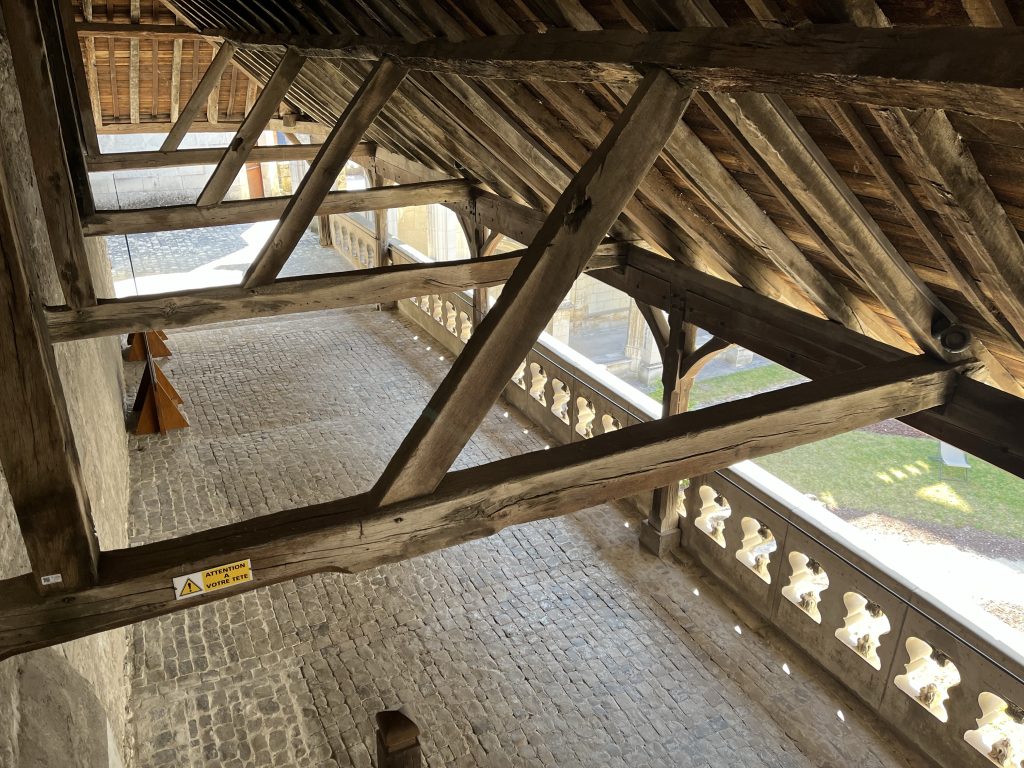
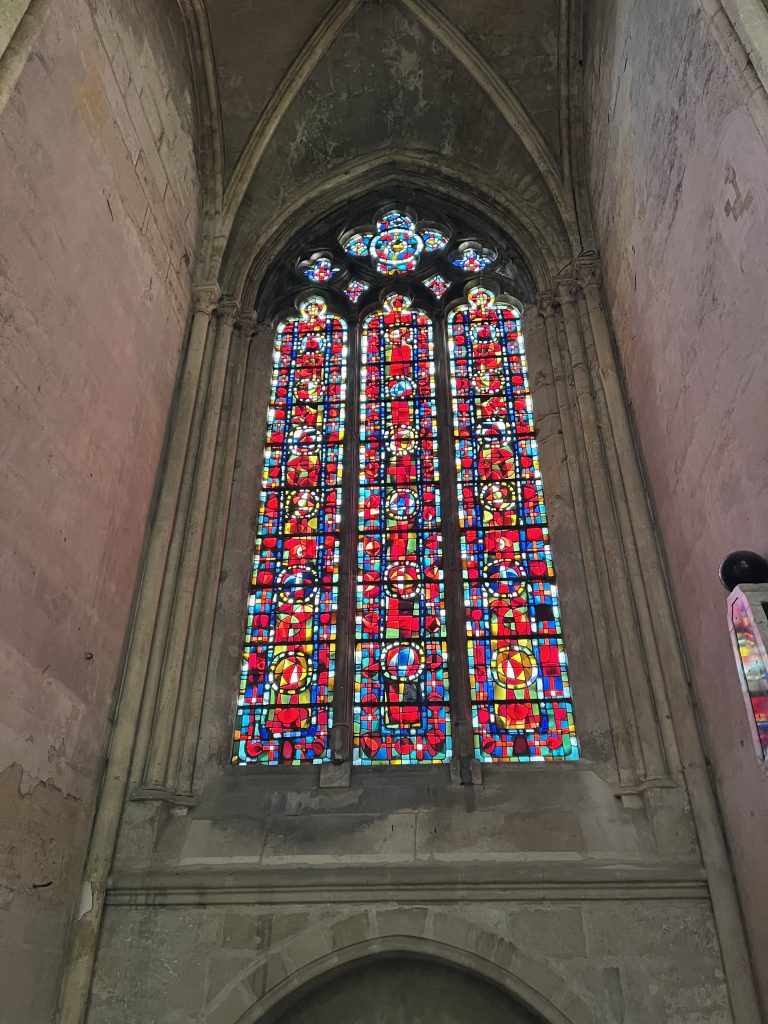
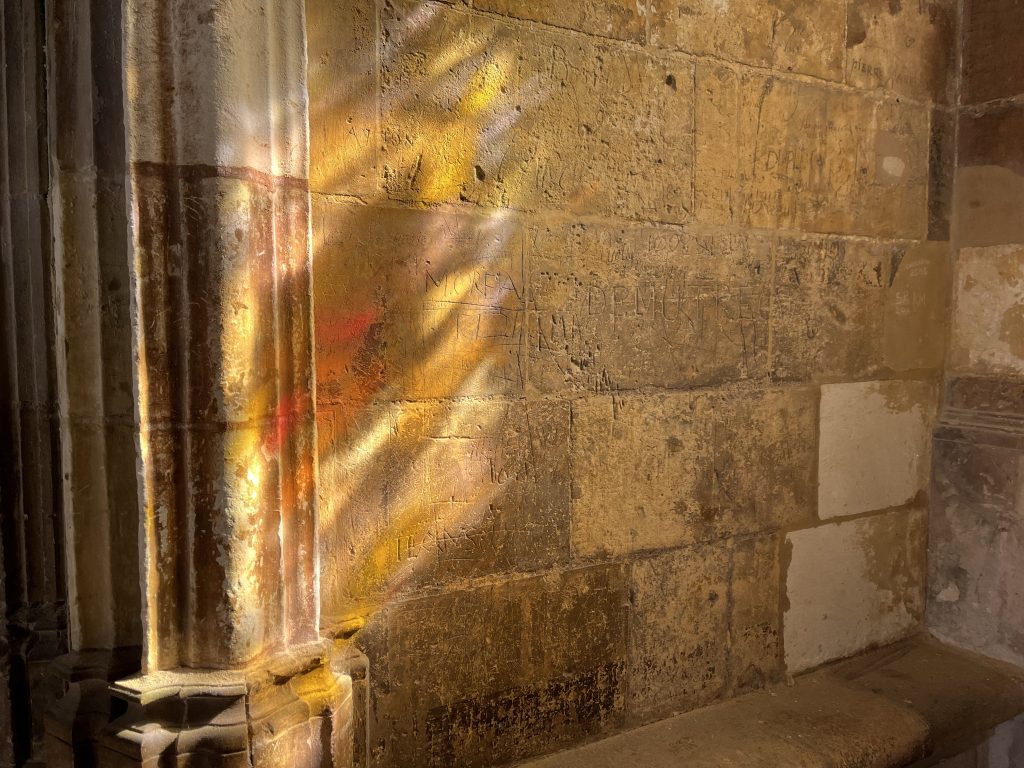
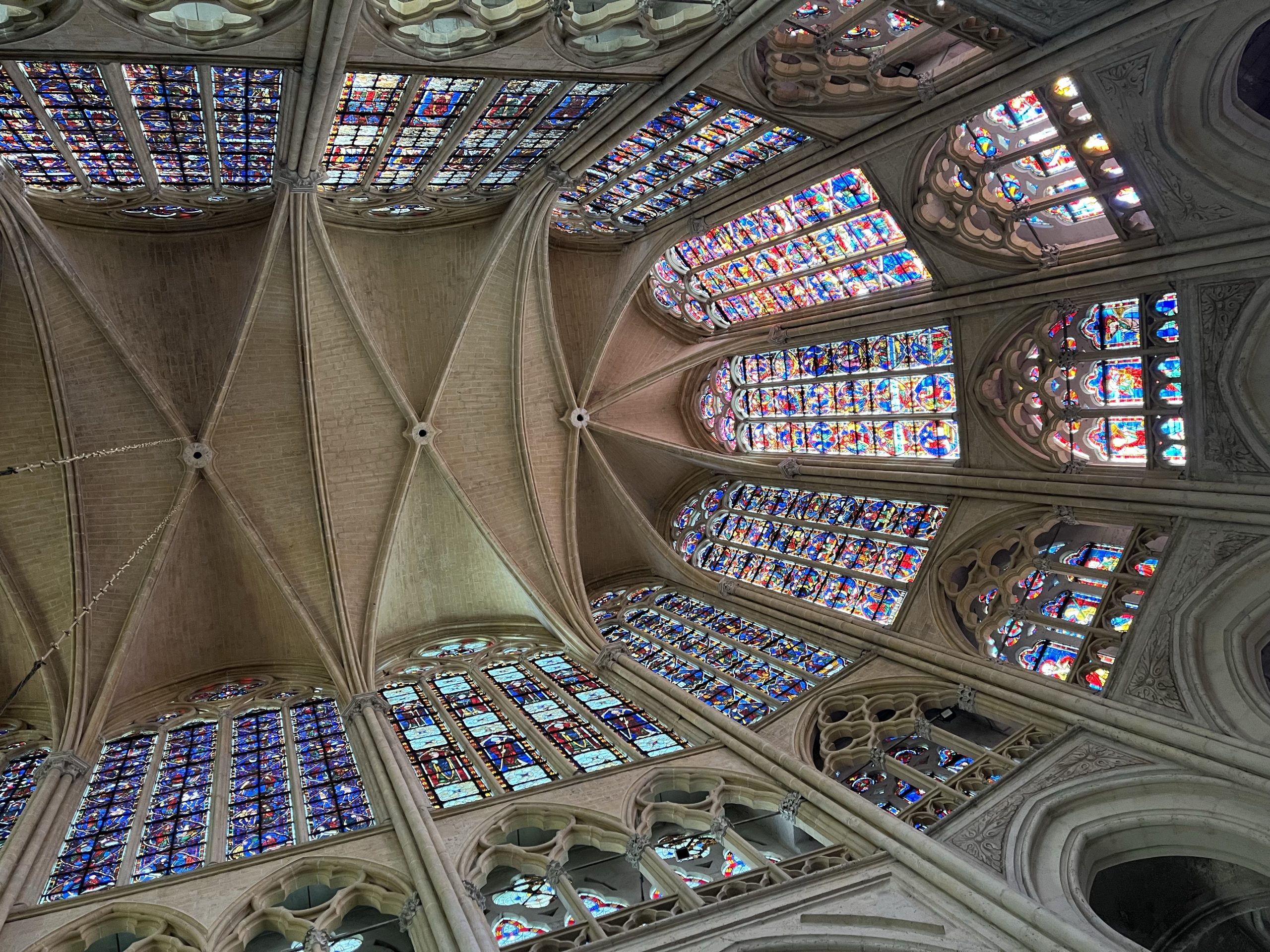
3. The Jardin Botanique
The Jardin Botanique, established 180 years ago, is a lovely, serene space, covering an area of about twelve acres, with a huge collection of plant species, an arboretum and alpine, rose and medicinal plant gardens.
It’s also got a botanical museum I’d hoped to visit but, having spent half an hour getting there late morning, I was disappointed. It doesn’t open until 2.00, so I just strolled around the garden. It’s a lovely spot.
The first thing you see on entering is this amazing Ginkgo Biloba Maidenhair Tree, planted the year the garden opened. According to the plaque beneath it, it’s a ‘male subject’, but a female branch was grafted on in 1910. I’m not quite sure what that means.
All kinds of claims have been made about Ginkgo Biloba, and you can buy expensive supplements suggesting it might benefit cardio vascular and cognitive health. None of this is supported by any evidence though.
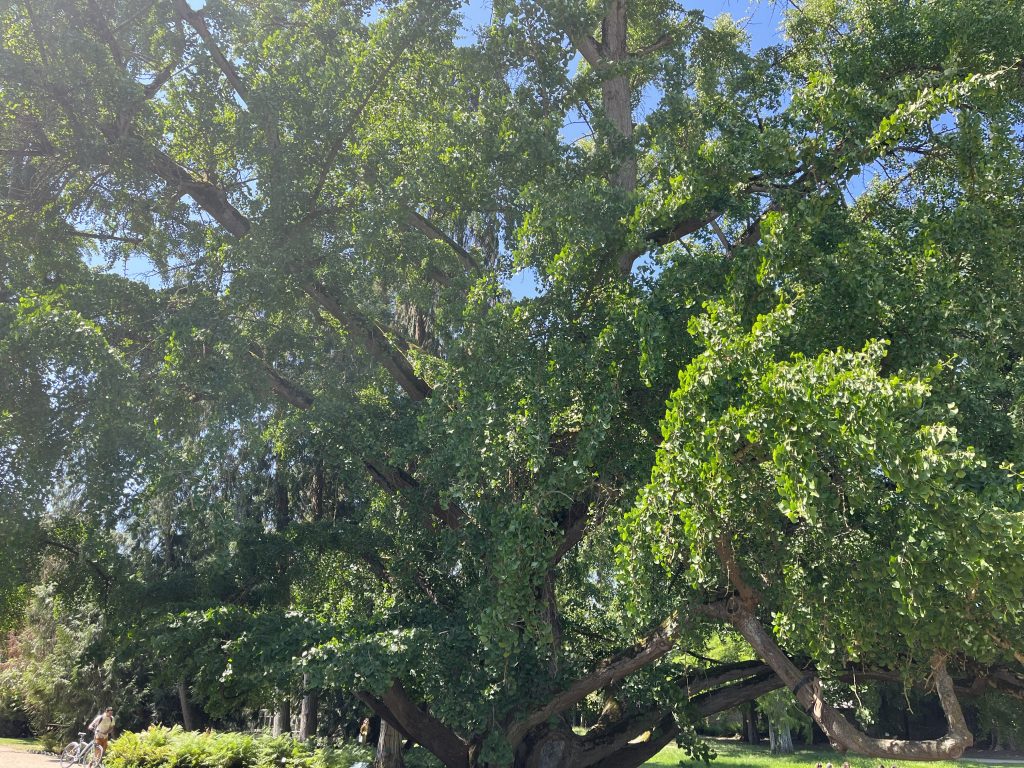
I took a few pictures, mostly of flowers, but also of Chilean flamingoes, many of which were asleep on one leg (how does that work?), two old turtles and a sleeping pig. There were wallabies too but I didn’t see them.
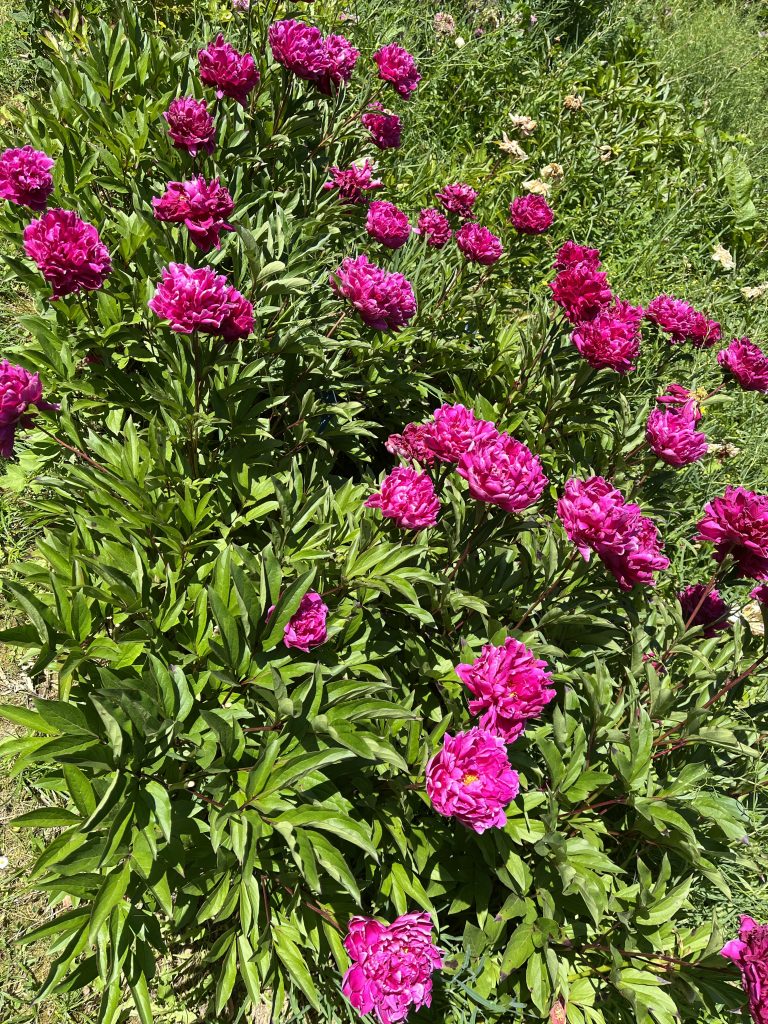
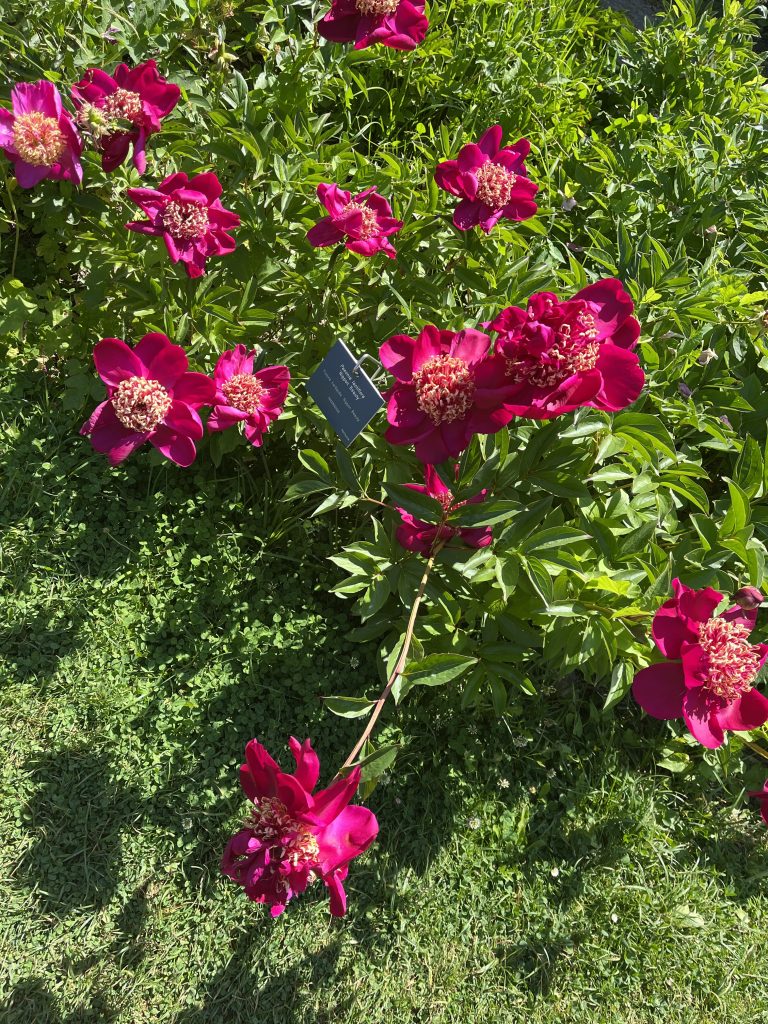
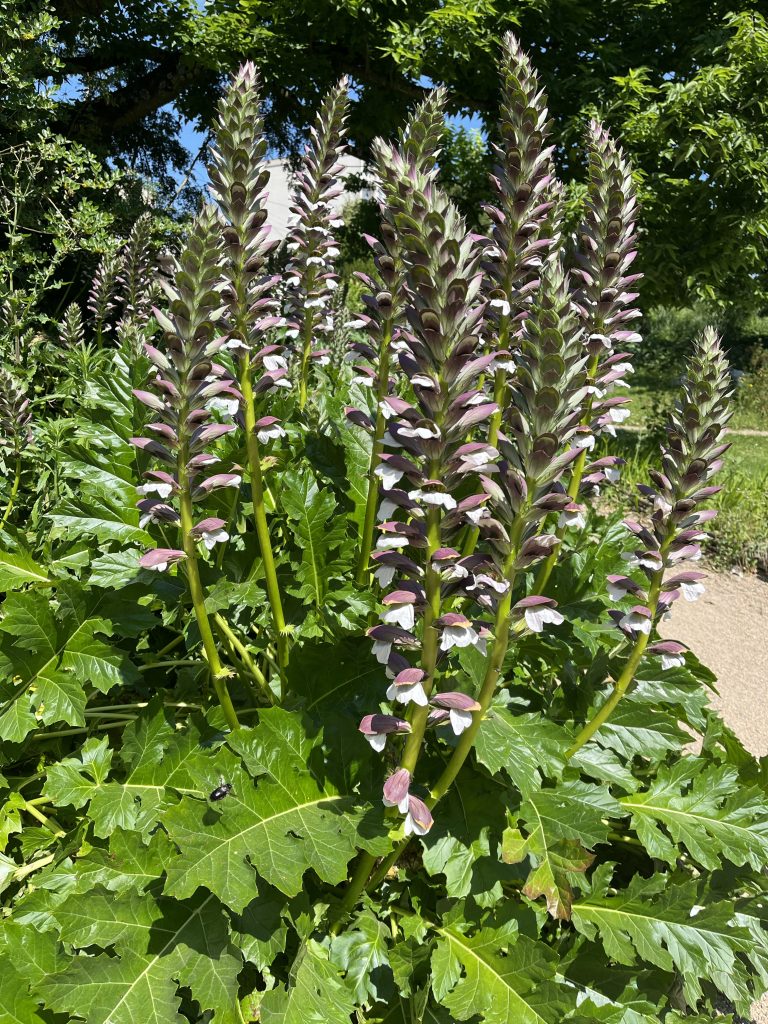
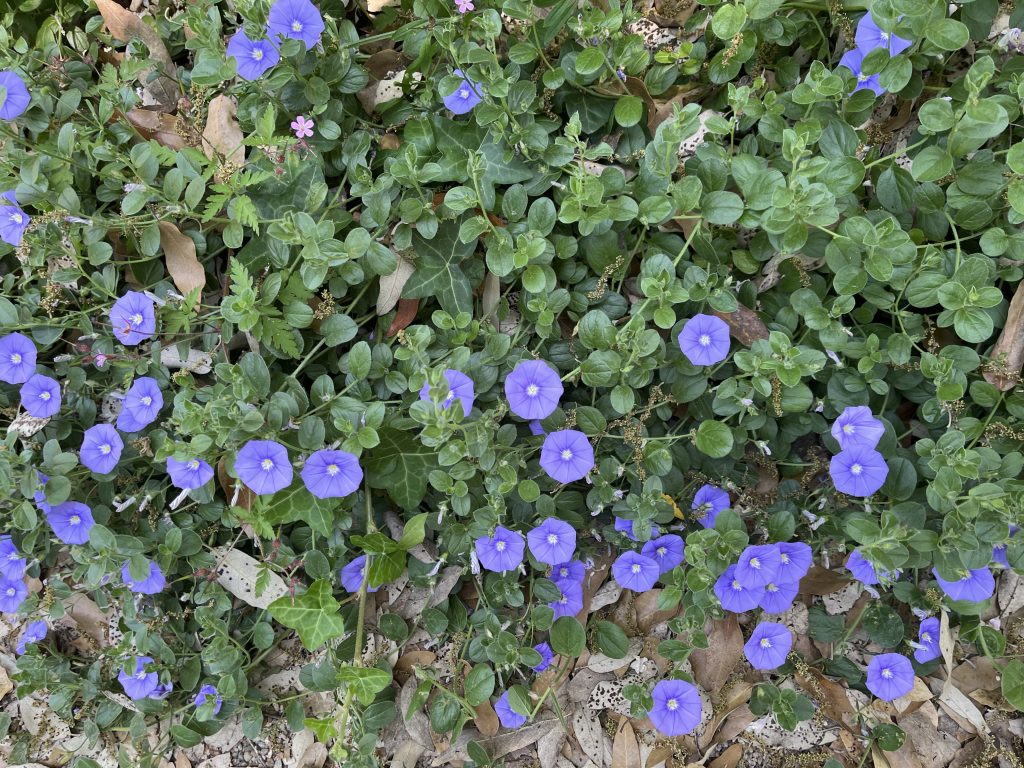
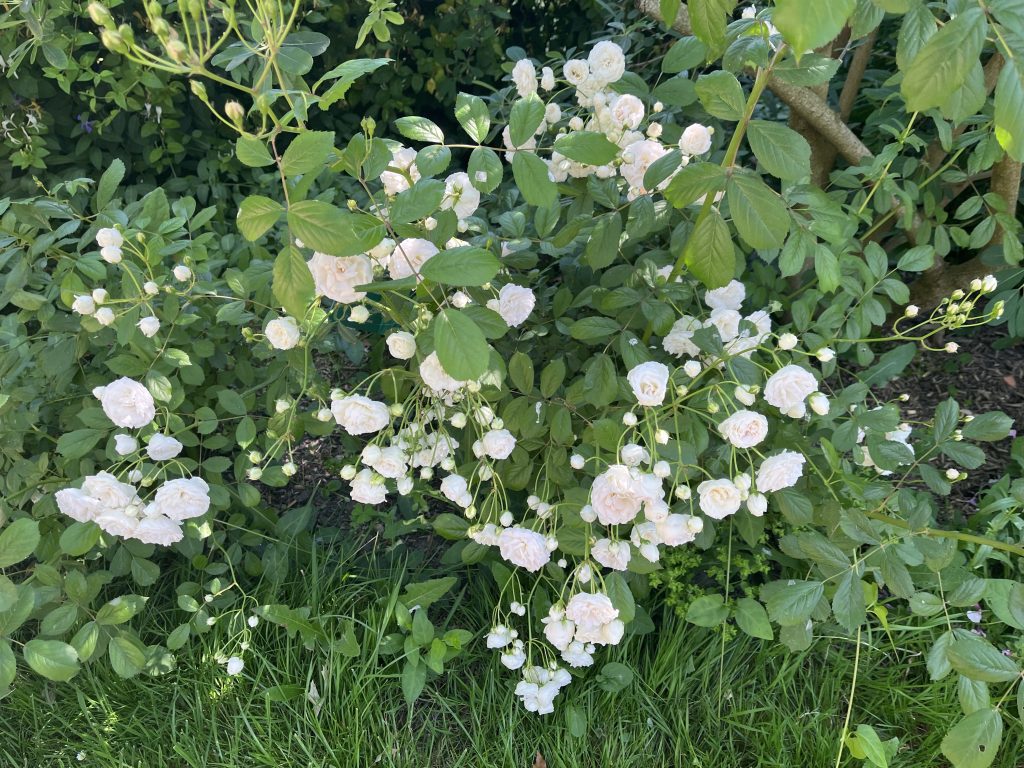
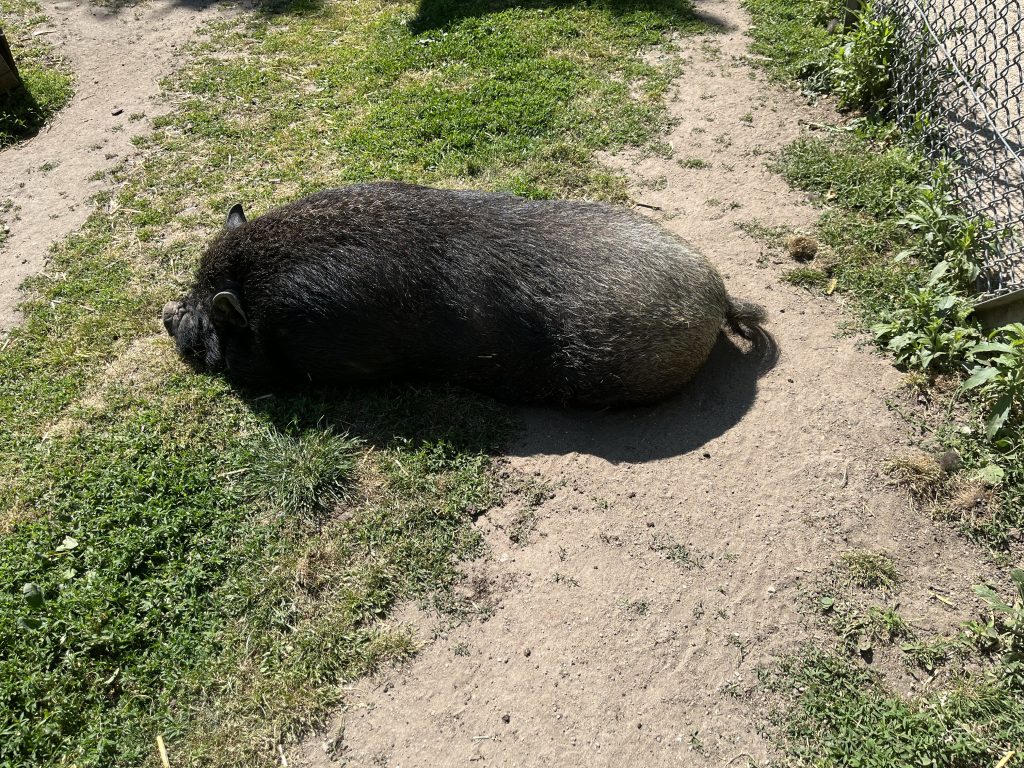
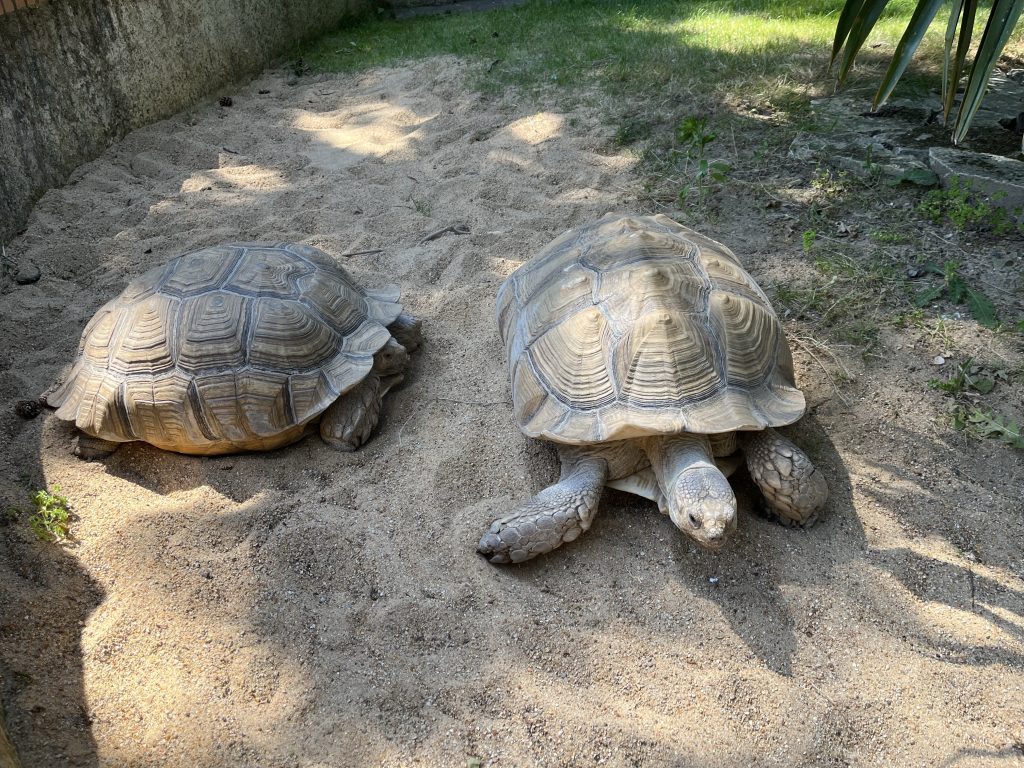
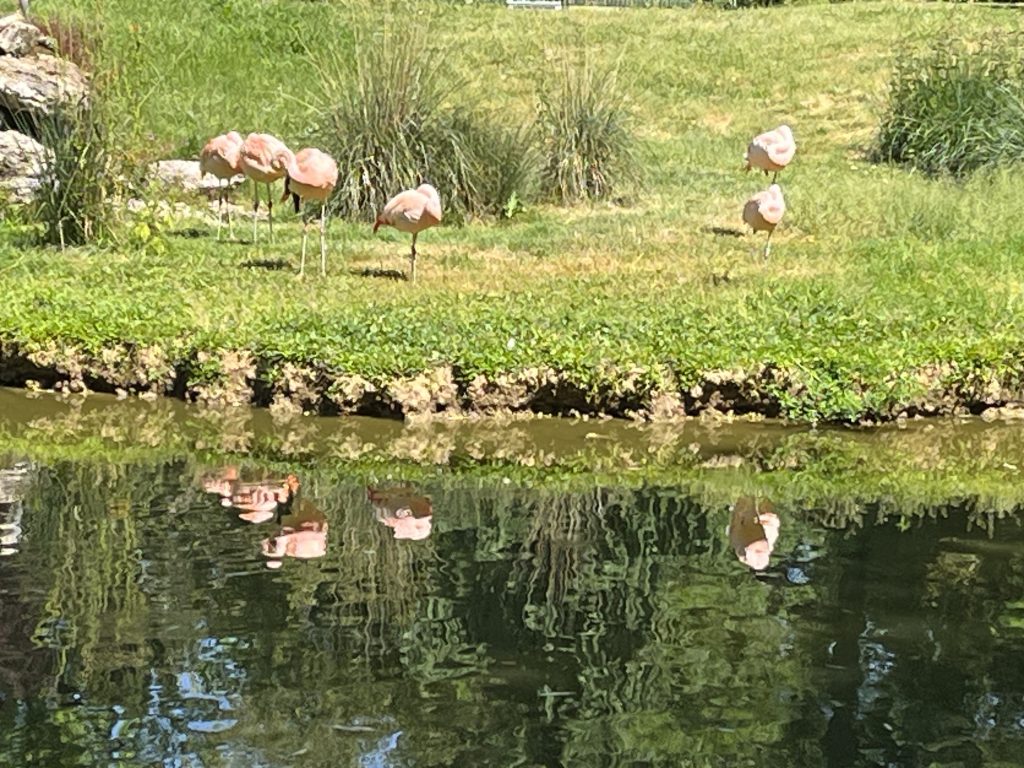
I’m off to Amboise tomorrow, on the southern bank of the Loire, the childhood home of Charles VIII and the final resting place of Leonardo da Vinci. He died there aged sixty-seven in 1519.